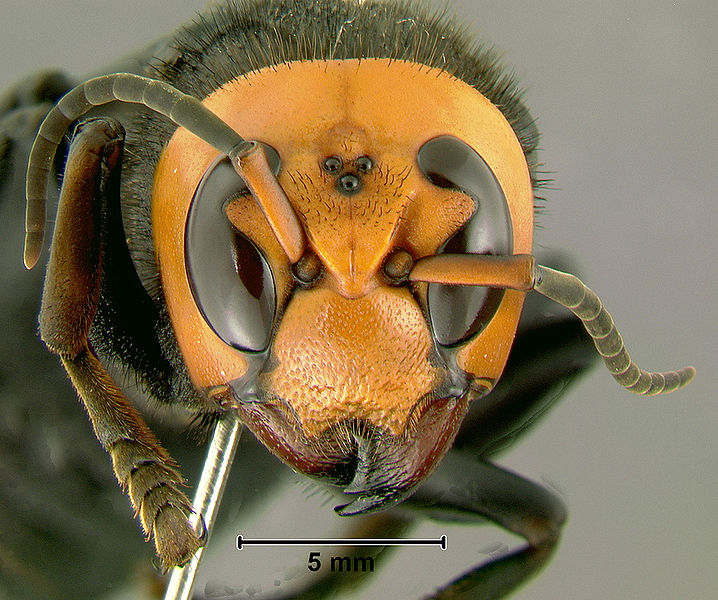Why are there no really big insects any more? Blame birds.
- Complaining about the Mainland - 17th August, 2024
- New island designation – is it just greenwash? - 26th April, 2024
- Police and Crime Commissioners – a solution or a problem? - 21st April, 2024
It’s no secret that 300 million years ago, the largest insects were a lot bigger than they are now. The largest known insect that ever lived is an ancient griffenfly Meganeuropsis permiana. This creature belongs to the extinct order of griffinflies (Protodonata) – related to dragonflies – and measured an impressive 71cm across, larger than most birds. There were a variety of other megainsects in prehistoric times, but these days, the biggest ones are considerably smaller. So what happened?
One fact which is widely considered to be relevant is the limitation of insect respiration. As insects don’t have lungs like us vertebrates, they rely upon oxygen entering their body through many tiny tubes. They can help it on its way with various tricks but in essence, if the tube is too long the oxygen can’t get down it far enough. So an insect that got too big would soon run out of oxygen and find it difficult to fly or run. So how did those huge ancient insects get around that limit? The answer is that they didn’t. In Permian times the atmosphere was more than 30 percent oxygen, compared with 21 percent today. So insects had more oxygen available, and could grow larger.
A study by Matthew E. Clapham, Assistant Professor at the department of Earth and Planetary Sciences, University of California, Santa Cruz has been looking at the long-term trends in insect size. He created a database of over 10,000 fossil insect wings and looked at the way in which size had changed over time. As expected, the larger wings were early on in prehistory, in the Carboniferous and Permian period. And at first, the way in which the size of insects changed was linked to oxygen content fairly closely.
When oxygen went up, insects got bigger. And when oxygen went down, they got smaller.
When oxygen went up, insects got bigger. And when oxygen went down, they got smaller. But this only held true until the Jurassic period, about 150 million years ago. This was when birds first evolved and began to fly. At this time the maximum size of winged insects didn’t increase any more, even when oxygen levels rose. “The argument that we’re making is that oxygen is important and a limiting factor on insect size”, Clapham said. “But once birds evolved, they became a more important constraint on the maximum size of insects.”
Clapham even suggested that a further relatively recent decrease in maximum wing size may relate to the evolution of bats – so perhaps birds are not entirely to blame. His work is an interesting and credible addition to the accepted wisdom about oxygen levels, and a reminder of the constant and continuing arms race that is natural selection.

